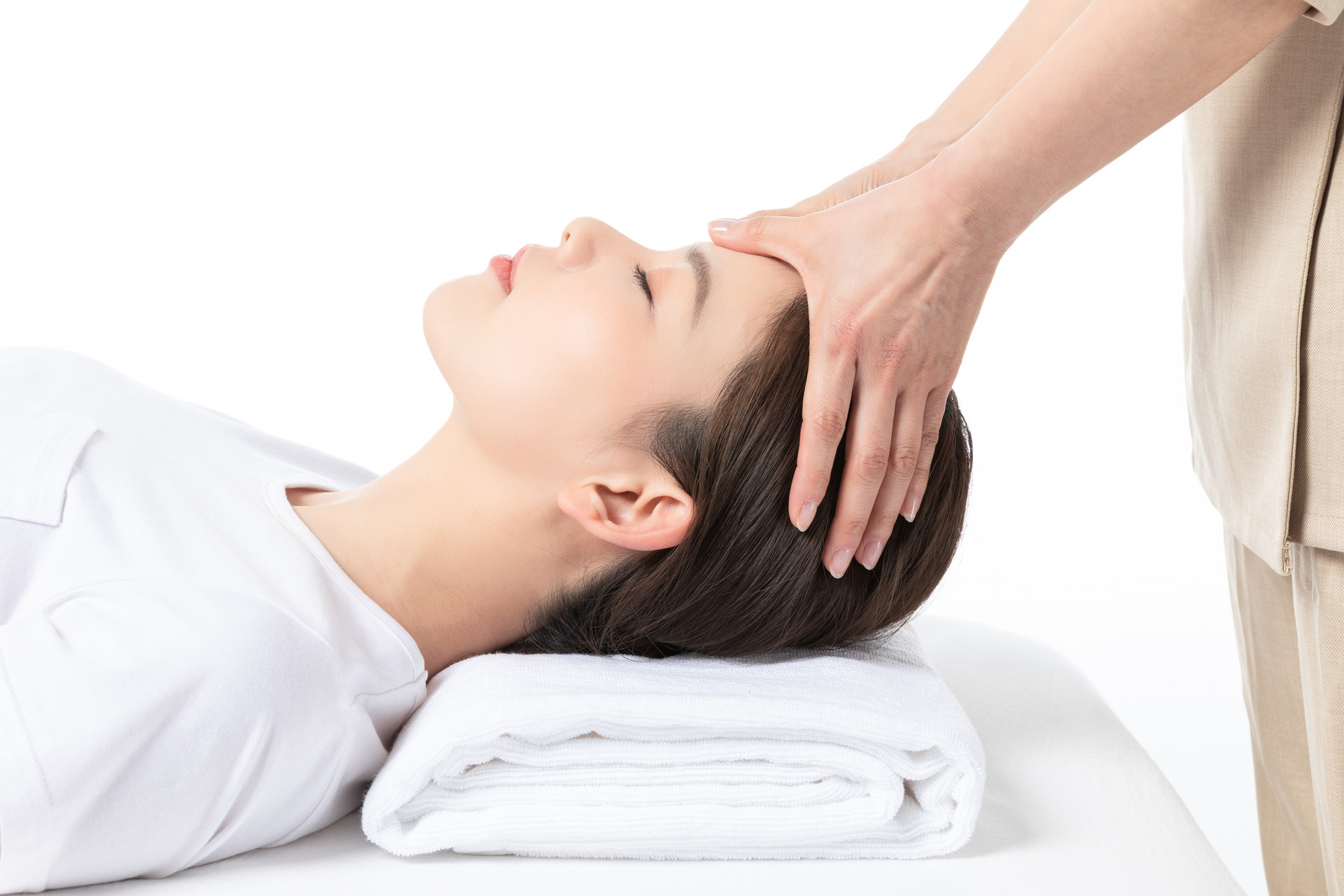Inspection plays an important role in diagnosis. The saying goes, "Seeing is believing." The main content of inspection is to observe the spirit, color, shape, and posture of the human body to infer the changes inside the body. Long-term practice in traditional Chinese medicine has proven that there is a close relationship between the external appearance of the body and the internal organs, especially the face, tongue, and organs. Therefore, through observation of the external appearance, one can understand the overall pathological changes, as stated in the Ling Shu·Ben Zang Chapter: "By observing the external signs, one can know the internal organs and understand the disease."
1. Whole Body Inspection
Firstly, observe the spirit, complexion, and tongue coating and texture of the face, and then observe the various forms that appear on the whole body and local injuries.
⑴ Spirit and Color: If the spirit is calm and natural and the complexion is moisturized, the injury is relatively mild; if the spirit is depressed, the appearance is haggard, the expression is painful, and the complexion is dull, the injury is more severe. The five colors correspond to the main conditions of the injury: white represents blood loss and deficiency syndrome; blue represents blood stasis and obstructed qi and blood circulation; red represents injury with fever; yellow represents spleen deficiency and heavy dampness, as well as damp-heat obstruction; black represents kidney deficiency or deficiency in warming and nourishing the meridians.
⑵ Posture: The Ling Shu·Cold and Heat Diseases mentions: "If the body is injured and there is excessive bleeding, or if it is affected by wind and cold, or if there is a fall or injury, the limbs will be weak and unable to recover, which is called body laziness." It indicates that limb injuries and wind-cold can both cause difficulties in limb movement, known as body laziness. Pay attention to observing the posture, as it can provide important basis for diagnosis. Bone and tendon injuries, or wind-cold-induced obstruction and paralysis, can result in loss of limb function and various protective postures. For example, in a child with a partial dislocation of the radius head, the forearm is rotated forward and the elbow is semi-flexed; lumbar disc herniation can cause compensatory lateral curvature of the spine. Observing the posture is an essential part of orthopedic diagnosis and should be taken seriously.
2. Local Inspection
⑴ Skin Color
Mainly observe the color and external changes of the skin. In fresh bleeding injuries, the skin color is bluish-purple, and the swelling is relatively concentrated; in old injuries with prolonged bleeding time, the skin color becomes yellow, and the swelling is more extensive; if the skin color continues to darken and deepen after the injury, it indicates internal continuous bleeding, and further examination or measures should be taken. If the skin color is bluish-purple turning red, it should be prevented from secondary infection; if the skin color loses its rosy appearance and becomes pale, it indicates blood deficiency or blood circulation obstruction; if the skin color at the site of injury is purple-black, tissue necrosis should be prevented.
⑵ Deformity
Severe fractures, dislocations, and other injuries can cause various deformities in the limbs or trunk. For example, the shoulder dislocation presents as square shoulder deformity; hip dislocation presents as outward or inward rotation deformity of the lower limb; ankylosing spondylitis presents as posterior protrusion and stiffness deformity; lumbar disc herniation presents as spinal lateral curvature deformity, etc.
⑶ Swelling
The Medical Classic of the Yellow Emperor states: "If there is any obstruction in the circulation of qi and blood in the human body, even a slight one, it will cause swelling." When the meridians are obstructed after an injury, swelling occurs. If the swelling is severe and visibly bluish-purple, there may be bone fractures or tendon ruptures; if the swelling is mild, with slight bluish-purple or no bluish-purple, it is mostly a minor injury.












